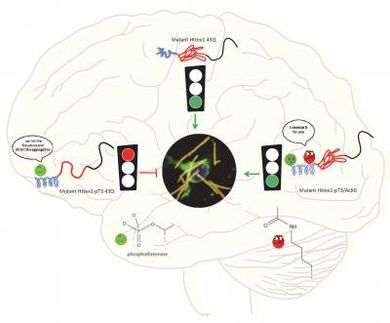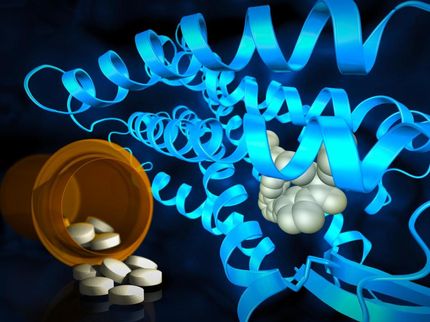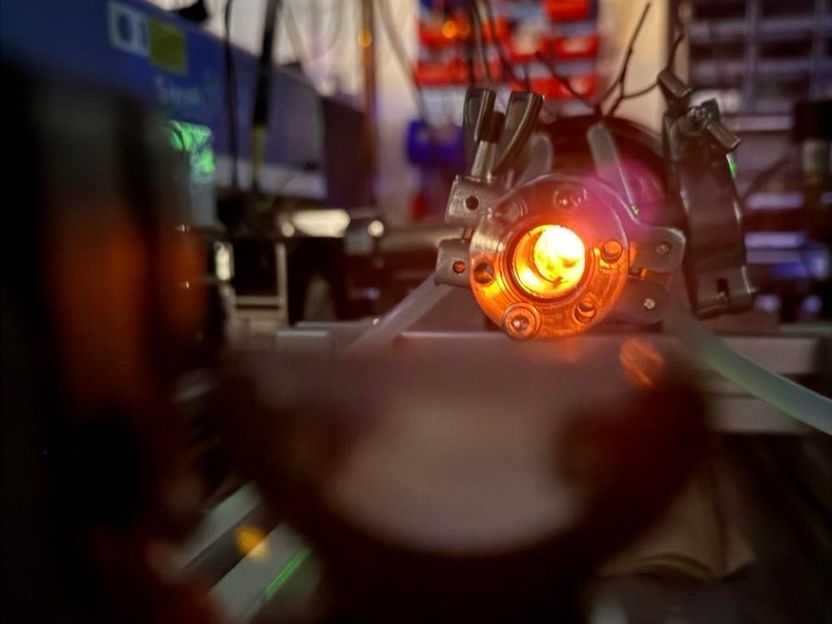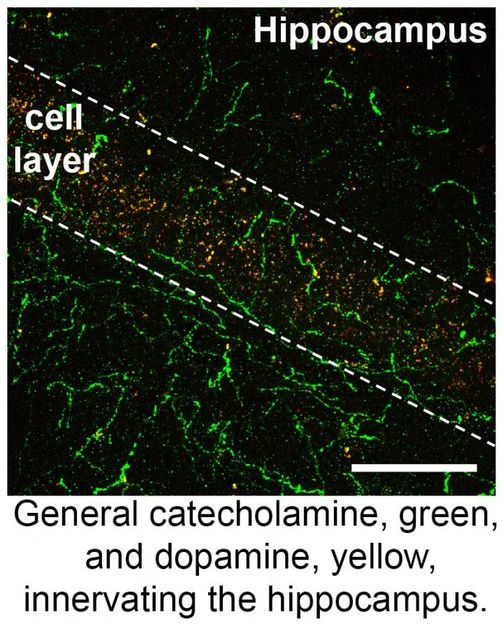Protein structure database available
New public database developed at Cornell can help verify protein structures
Any chemist with access to the Internet can now use a powerful tool to help them accurately identify the structure of a protein, thanks to recently published work led by Harold A. Scheraga, Cornell's Todd Professor of chemistry Emeritus.
The research team has created a comprehensive computational database that can quickly determine the quality of a protein structure by comparing observed and predicted chemical shifts, which are fingerprints of the conformations of individual residues in a protein. These changes provide useful information with which to validate, determine or refine protein structures. The public service, called the CheShift server, is described in Proceedings of the National Academy of Sciences.
"What we have provided is a methodology," Scheraga said. "Anybody can go to our Web server and get the information that we have provided."
A widely used method of imaging protein structures is Nuclear Magnetic Resonance (NMR) spectroscopy. In particular, chemists have long relied on measuring the chemical shift of carbon-13. But with any given protein sample, the image produced by NMR spectroscopy may not exactly be correct. There can be up to 20 possible structures determined from NMR-derived data, and there is no easy way to tell which one is correct.
Using quantum-chemical methods, Scheraga and collaborators have computed all the possible chemical shifts for carbon-13 nuclei for all 20 naturally occurring amino acids, the building blocks of proteins, and uploaded them to the CheShift server. Users can simply upload their experimentally determined structures into the server. They can then compare their experimental values for the carbon-13 chemical shifts with those predicted by the server, to see if they match.
"When someone reports NMR-determined structures, how do we know if they are correct?" Scheraga said. "The field needed new reliable validation methods, and no one had provided the answer to that question. We believe that our server provides a solution to this long-lasting problem."
The CheShift server contains more than a half-million computed carbon-13 chemical shifts. It is the result of research conducted for about one year in Scheraga's lab in collaboration with Jorge A. Vila, a Cornell senior research associate and a researcher at the Universidad Nacional de San Luis (UNSL)-IMASL-CONICET-Argentina; Yelena A. Arnautova, a former Cornell research associate; and Osvaldo A. Martin, a graduate student of Vila.
The research was funded primarily by the National Institutes of Health and the National Science Foundation.
Other news from the department science
Most read news
More news from our other portals
See the theme worlds for related content
Topic World Spectroscopy
Investigation with spectroscopy gives us unique insights into the composition and structure of materials. From UV-Vis spectroscopy to infrared and Raman spectroscopy to fluorescence and atomic absorption spectroscopy, spectroscopy offers us a wide range of analytical techniques to precisely characterize substances. Immerse yourself in the fascinating world of spectroscopy!

Topic World Spectroscopy
Investigation with spectroscopy gives us unique insights into the composition and structure of materials. From UV-Vis spectroscopy to infrared and Raman spectroscopy to fluorescence and atomic absorption spectroscopy, spectroscopy offers us a wide range of analytical techniques to precisely characterize substances. Immerse yourself in the fascinating world of spectroscopy!

























































